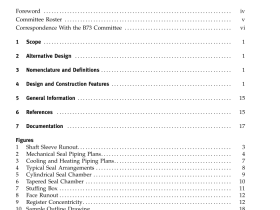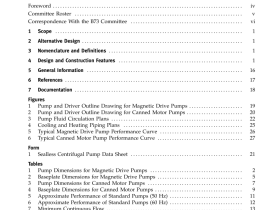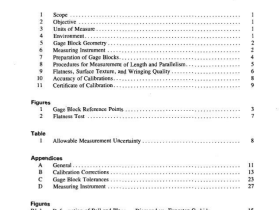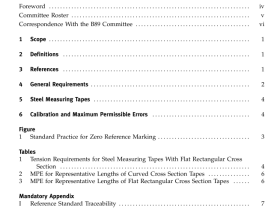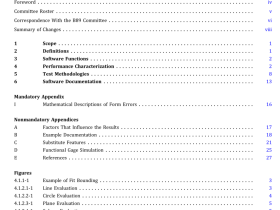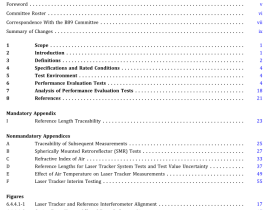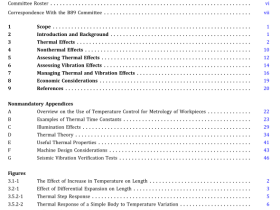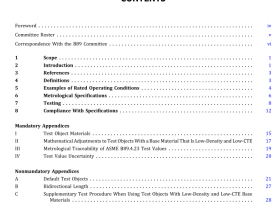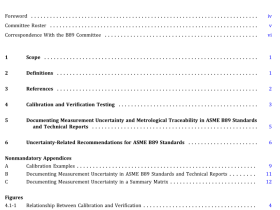ASME CRTD-103 pdf download
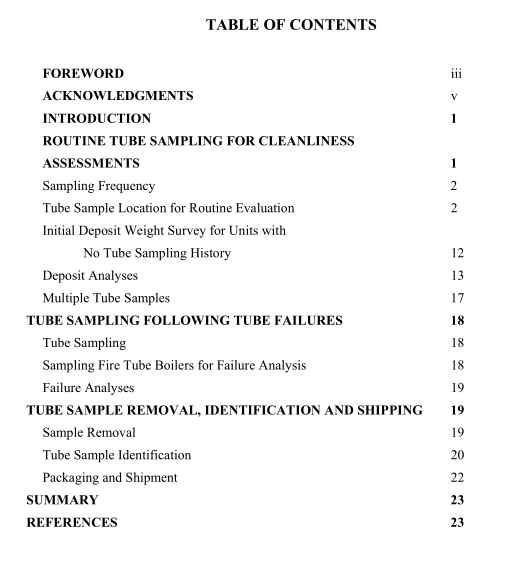
ASME CRTD-103 pdf download CONSENSUS ON BEST TUBE SAMPLING PRACTICES FOR BOILERS & NONNUCLEAR STEAM GENERATORS
Deposits, particularly metal oxide deposits, can also have significant porosity which has been found to contribute to the underdeposit concentrating mechanism. Higher heat fluxes result in greater rates of evaporation (steam generation) per unit area. During operation, water diffuses through porous deposits and evaporates at the tube/deposit interface. This results in evaporative concentration of salts and other dissolved materials. In drum type and other subcritical boilers and steam generators, this evaporative concentration of salts and other materials at the tube surface can result in under deposit corrosion (UDC).
For boilers, the best means of assessing the area(s) of highest heat flux is to perform thermal imaging studies of the furnaces. For HRSG units, arrays of thermocouples have been installed to detect areas of sudden temperature changes. These data also may be used to locate areas with the highest gas temperatures. Flue gas velocity profiles also can indicate those areas in HRSG units that are expected to have the greatest heat flux (at a constant gas temperature the highest gas flow corresponds to the highest heat flux). Sometimes temperature data from boilers or HRSG units are evaluated using computational fluid dynamic (CFD) analyses to target specific areas prone to high heat flux. Most facilities have not performed these types of temperature or CFD evaluation. Sometimes, plant personnel have observed the furnace well enough during operation to know the area of highest heat transfer (e.g., areas experiencing flame impingement during operation).
High Metal Temperature. – In the preceding list, a distinction was made between areas with the highest heat transfer and areas with the highest temperature. In drum type units, these areas usually will be the same. However, in once through supercritical (OTSC) boiler designs they could be first pass tubes, second pass tubes, or both first and second pass tubes. In one type of design the first pass is a center or division wall between two furnaces and the second pass tubes are in separate (outer) walls. In other OTSC boilers, first and second pass tubes often are literally adjacent tubes in the same wall and have the same heat flux on the fireside surface, but the fluid travels from the first pass to the second pass and so the fluid and the tube itself will be hotter in the second pass. Since there is no phase change at supercritical pressures, when fluids are heated the temperature of the fluid continues to rise as it flows through the first and second pass waterwall tubes.
